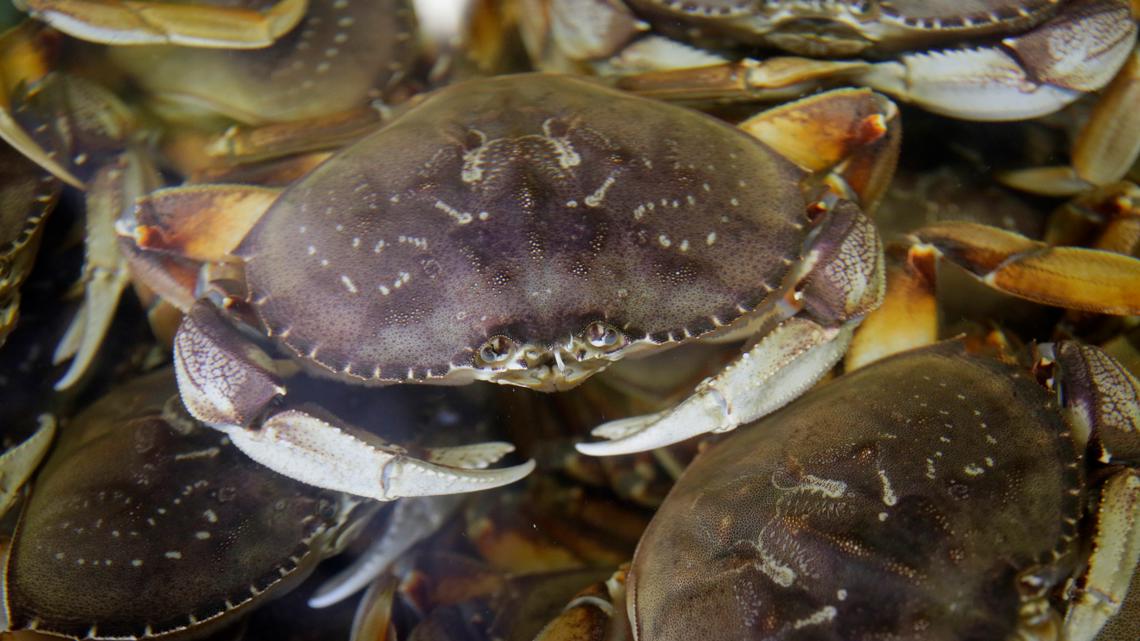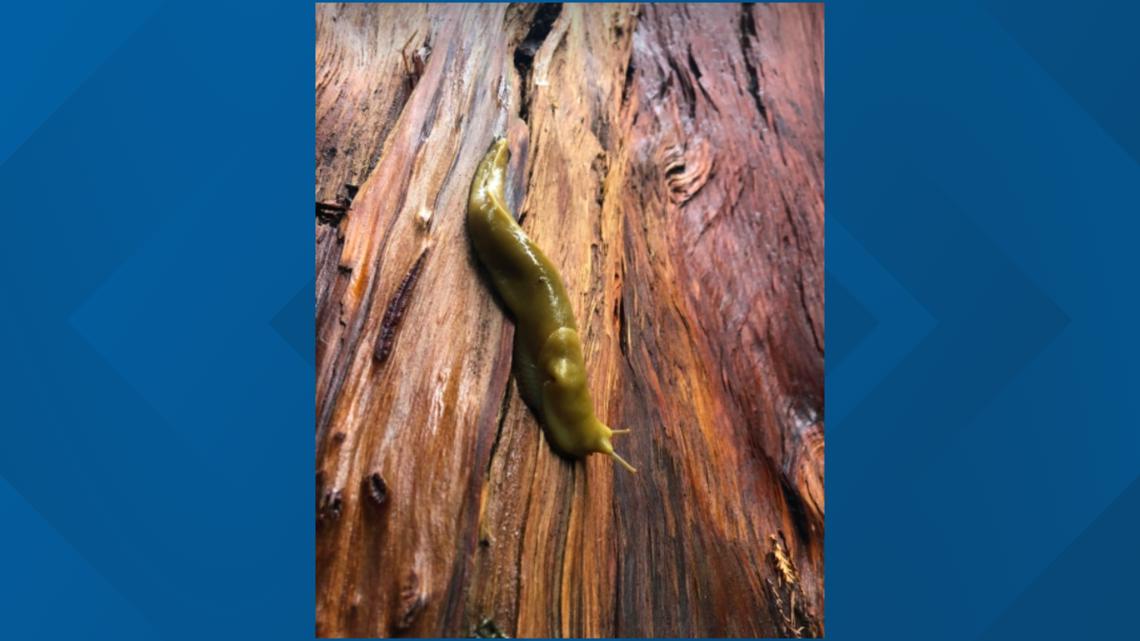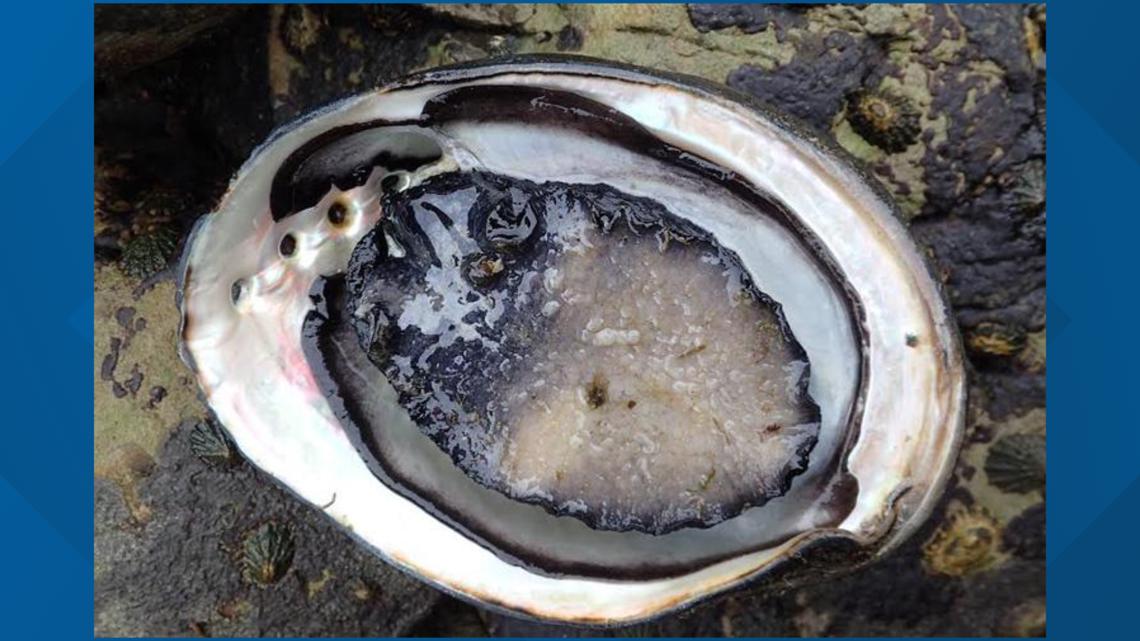CALIFORNIA, USA — California is getting three new state symbols in 2025, adding to its expansive list representing the Golden State.
All three state symbols are invertebrates and are under the expertise of Professor Baldo Marinovic of Ecology and Zoology at UC Santa Cruz.
The three invertebrates will be enshrined at the California State Library, so let’s take a look at the three new members and what they’ve meant to California.
State Crustacean: The Dungeness Crab


The Metacarcinus magister or Dungeness crab is abundantly found in sandy bottoms of the Central and Northern California coasts, according to Marinovic.
Almost no crustacean has meant more to California than the Dungeness crab. According to the National Oceanic and Atmospheric Administration (NOAA), the Dungeness crab brings in millions of dollars to the state each year.
“If you go to San Francisco and Fisherman's Wharf and order crab cakes, that's the crab that's in it, or at least it should be,” Marinovic said.
The crab is a scavenger that uses its pincher claws to capture fish and other bits of food said Marinovic. However, he adds its scavenging nature makes it susceptible to crab pots.
“It’s an iconic symbol of the seafood history that California has,” Marinovic said.
A heatwave delayed the opening of the 2015/2016 crab fishing season for an unprecedented five months. The delay resulted in an economic impact of $48 million. Governor Jerry Brown requested federal disaster assistance aid due to the losses.
AB 1797, authored by Assemblymember Jim Wood, honors this economic impact by naming the crab the official crustacean of California.
“The Dungeness crab has been a critical part of the North Coast economy and Identity,” Wood said at a committee hearing.
State Slug: The Banana Slug


The banana slug has gained notoriety for its colorful appearance in Northern California forests. It's so beloved at UC Santa Cruz that it became the school’s official mascot in 1986, beating out the proposal of the sea lions.
While there are several types of banana slug, the type commonly found in California is the Pacific Banana slug. Marinovic says they can grow to about nine inches long and weigh up to four ounces.
Marinovic highlights an interesting fact about the banana slug: they are hermaphrodites, meaning they have both female and male reproductive organs.
During the mating process, the slugs joust to try to bite off the other’s male organs.
“A lot of it is driven by the relative energy playing one role versus the other,” Marinovic said. “Typically for most mating systems, females outlay a lot more investment in the reproductive process than males.”
The slug is part of the decomposer class, known as detritivores. It consumes decaying plants and fungi in forests all throughout California.
“They are the recyclers of the community. They take all the dead material and break it down into smaller compounds that can be reused,” Marinovic said. “They regenerate the nutrient pool.”
Assemblymember Gail Pellerin introduced AB 1850 to recognize the banana slug as the state’s official slug. She did so to raise awareness about the important role the slug plays in preserving the state’s iconic sequoia and redwood trees.
State Seashell: The Black Abalone


The seashell of the Black Abalone is well known for its mother-of-pearl appearance on the inside of its shell.
“That's what people use as an ornamental thing,” Marinovic said. “I know a lot of the Indigenous people in California…would use the abalones for rituals.”
According to NOAA, native people along the California coast have been eating abalone for thousands of years. Large groups of abalone shells have been discovered indicating areas, known as middens, where human settlements date back 7,400 years.
The Black Abalone once numbered in the millions, but due to overfishing and disease, the mollusk is now an endangered species.
In the 1980s, an outbreak of Withering Foot disease almost wiped out the Black Abalone, but conservation efforts saved the mollusk.
Assemblymember Diane Dixon authored the law and hopes by naming it the state seashell more attention will be given to protecting the Black abalone.
"This special designation and historical recognition of the Black Abalone as the California State Seashell will highlight our precious, natural resources,” Dixon said in a statement.
Though the three new symbols all have unique characteristics, Marinovic sees one common theme...
“They’re iconically Californian,” Marinovic said. “If you had to pick a crab, a slug and a shell that were iconically California, [these] would have to be the top choices.”



















